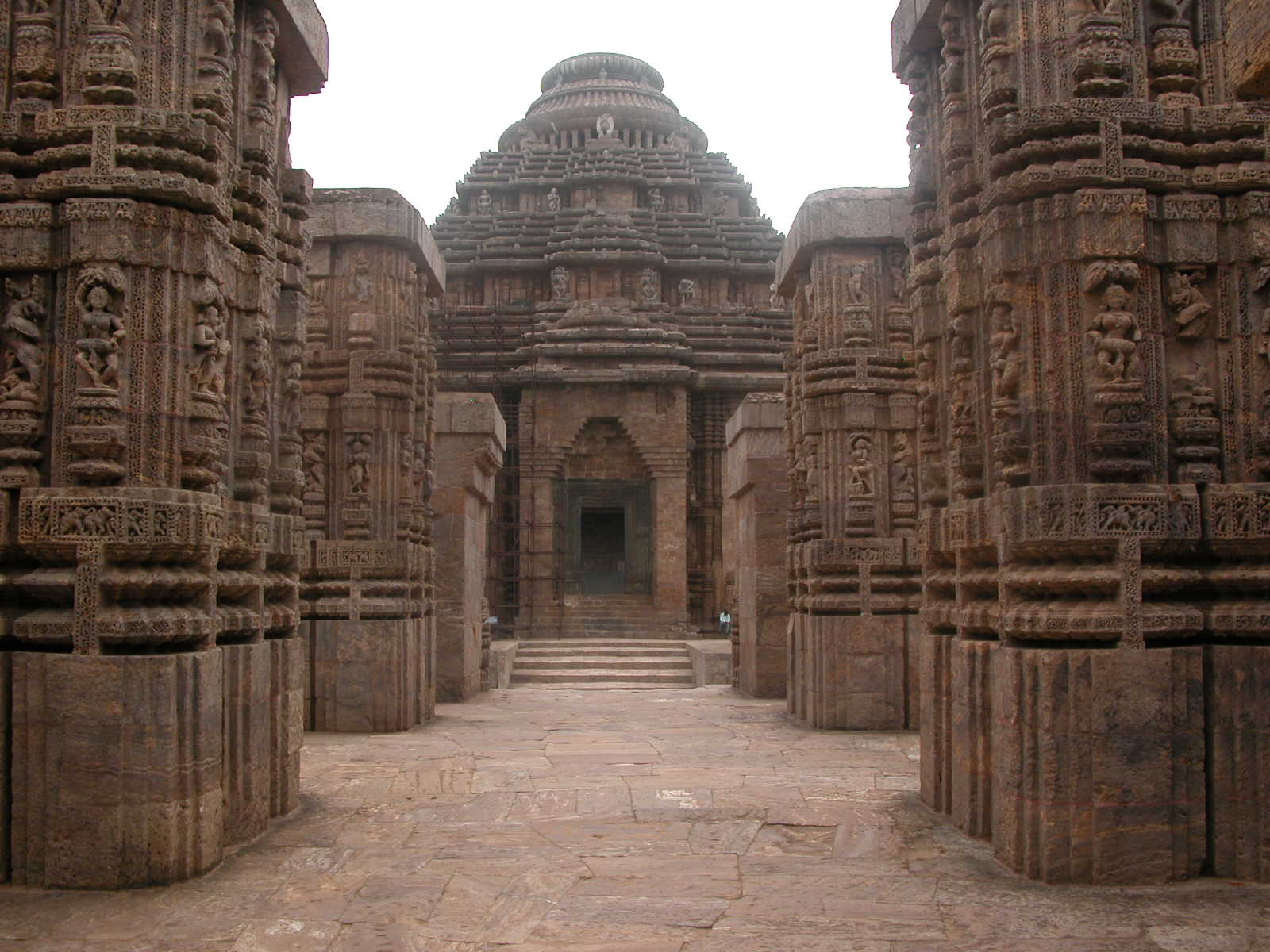Every ancient temple or building tells the adventure story of India’s wealthy heritage, scientific and architectural marvel and higher devotion. The Konark Sun Temple situated on the shores of the Bay of geographic region in the village of Konark of district Puri, Odisha is an outstanding evident of all this.
Based on Brahmin beliefs, this temple was built in the thirteenth century by King Narasimhadeva I (1238-1250 CE) of the japanese Ganga family line and dedicated to Sun God Surya. The Konark Sun Temple has also been intercalary to the UNSECO World Heritage List.
Like most of the antique words, starting point of Konark is also Sanskrit and it's been derived from kona (meaning angle) and arka (meaning sun). In terms of logical and architectural improvement, ancient India was abundant ahead of today’s time. First of all, it is that the flawless proportions and spectacular dimension of the Konark temple and so is the whole construction of the temple that proves this. The entire temple is within the kind of the chariot of Surya that's drawn by seven horses.
The most attractive part of the temple is its twelve pairs of wheels located at the bottom of the temple. These wheels are not standard wheels however tell time in addition – the spokes of the wheels produce a timekeeper. One can calculate the precise time of the day by simply wanting at the shadow forged by these spokes. Isn’t it great? The wheels are conjointly elegantly adorned.
one more unique feature of the temple is the presence of AN iron plate in between each 2 stones. Massive iron beams have conjointly been used to construct the upper floors of the temple. A 52-ton magnet was used to create the height of the most temple. It is said that the whole structure has tolerated the tough conditions particularly of the ocean as a result of this magnet. Previously, the unique arrangement of the most magnet at the side of the opposite magnets caused the main idol of the temple to float in air.
The temple was so orientating on the shore that the initial rays of the rising sun directly fall on the most entry.

No comments:
Post a Comment